Owning a home comes with numerous responsibilities, and one of the most crucial aspects of homeownership is maintenance. Neglecting maintenance tasks, especially when it comes to your HVAC (Heating, Ventilation, and Air Conditioning) system, can lead to costly repairs down the road. Among the concerns that homeowners might encounter is water dripping from the AC unit.
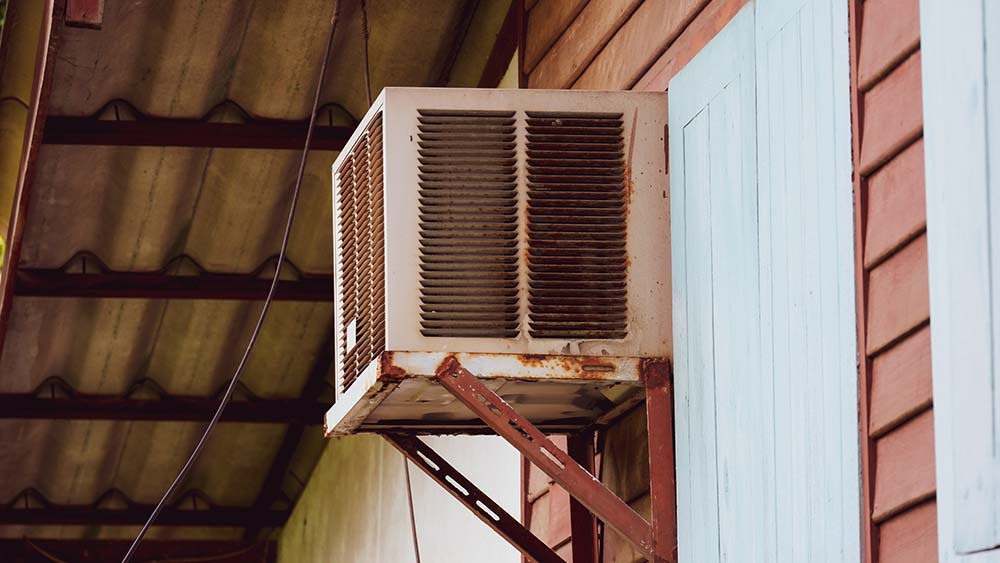
I have been seeing people asking Is water dripping from your air conditioner dangerous?
Let’s get into more details on this, and find out what can be done if water is dripping from your AC.
Contents
- 1 Is Water Dripping From the AC Dangerous?
- 2 What Causes Water to Drip From Your AC?
- 3 Common Signs of AC Water Leakage
- 4 Potential Causes of AC Water Leaks
- 5 How to Fix the Air Conditioner Leaking Water Inside?
- 5.1 Step-by-step guide
- 5.1.1 Step 1: Safety First
- 5.1.2 Step 2: Identify the cause
- 5.1.3 Step 3: Unclog the drain line
- 5.1.4 Step 4: Clear the Drain Pan
- 5.1.5 Step 5: Inspect the Drain Line Connection
- 5.1.6 Step 6: Check for Ice Buildup
- 5.1.7 Step 7: Replace or Clean the Air Filter
- 5.1.8 Step 8: Thaw the Evaporator Coil
- 5.1.9 Step 9: Address Refrigerant Issues
- 5.1.10 Step 10: Professional Help
- 5.1.11 Step 11: Preventive Maintenance
- 5.1 Step-by-step guide
- 6 Conclusion
Is Water Dripping From the AC Dangerous?
No, water dripping from the AC is not dangerous at all. But, it can lead to several issues that should be taken seriously.
The very first issue is when water keeps dripping, it can damage the floor where the water drips. Also, if your AC unit water drips in the street, your neighbors may complain about it.
Secondly, When water keeps dripping in one place, this makes an ideal environment for mold and mildew to grow, and as you already know these are harmful and worsen the air quality near your house and indoors as well.
Thirdly, water coming into contact with the electrical components of your AC unit can lead to electrical shorts and system malfunctions. This poses a risk of damage to the AC unit itself and may require expensive repairs.
So, water dripping from AC is not dangerous at all but it is not good as well. You must get it fixed. Generally, AC’s leak water when there is some issue either with the chassis or internal system. Moreover, it is normal for AC to take out water which is a byproduct of condensation. But, the water should come out of the drain line.
If water is coming straight from the drain line, it is completely normal. But, if the water starts dripping from anywhere from the AC unit, it is not normal, and there must be some issues that should be fixed.
Let me tell you my personal story about AC leakage; my Window AC is just above the table, and I was studying something one day, and suddenly, is lot of water started dripping down from the front of the AC chassis, and my books and notebooks all were wet. Thank God, there was not any important document, otherwise it could have been a dangerous situation for me.
What Causes Water to Drip From Your AC?
The primary reason for this occurrence is condensation. As your AC unit cools the warm air in your home, it extracts moisture from the air, resulting in condensation. Normally, this condensation is directed away from the unit through a drain line. However, issues happen when water starts to come out from other parts of the AC.
In a most general case, it happens when the AC’s drain line is clogged or the drain line is disconnected.
Common Signs of AC Water Leakage
Your Air Conditioner will start dropping clues when something’s not right. Detecting water leakage from your AC involves keeping an eye out for certain signs. Here are a few that you need to look at closely:
Water damage
Look around the area where your AC unit is located. Check the walls, floors, and nearby surfaces for any signs of water damage. This can appear as discoloration, water stains, or peeling paint.
Puddles of water
Examine the ground beneath or around your AC unit. If you spot puddles of water forming, it’s a clear indicator of a leak.
Full Drain Pan
Take a peek inside your AC unit if you can. There’s a pan beneath the evaporator coil that collects water. If this pan is filled to the brim or overflowing, it suggests a water drainage problem.
Unpleasant smells or mold
If you notice a musty or moldy smell near your AC unit or see visible mold growth on or around it, this could be a sign that water is accumulating where it shouldn’t.
Potential Causes of AC Water Leaks
AC water leaks can be because of many causes, and I am going to discuss them below:
Dirty air filter
Your AC unit contains an air filter that helps clean the air before cooling it. When this filter becomes clogged with dust and debris, it restricts the airflow. Restricted airflow can lead to the evaporator coil, a vital component of the AC system, becoming excessively cold. This can result in the formation of ice on the coil. When the frozen evaporator coil thaws, it produces excess water that the drain pan may not be able to handle. And, because of that water starts leaking out of the AC unit.
Low refrigerant levels
Refrigerant is the substance that allows your AC system to absorb and release heat efficiently. If there is a leak in the refrigerant lines or if the refrigerant level is too low, it can disrupt the cooling process. Low refrigerant levels can lead to inadequate cooling, which prompts the evaporator coil to become extremely cold. When the coil freezes, it can result in ice buildup. As this ice melts, it can overwhelm the drain pan, causing water leakage. If this is the case, you have to go to the AC repair shop and ask them to refill the refrigerant. R290 and R32 Gases are used as refrigerants, and they should be filled up to fix the issue.
Sometimes, there would be some leakage in the coil as well because of which the refrigerant leaks out, and the levels go low. So, if there is such leakage, then you have to get the Coil fixed too or just get the coil replaced. These all jobs can only be done by a professional AC engineer.
Blocked drain line
As your AC system cools the air, it removes moisture from it, resulting in condensation. This condensate needs a path to exit the unit, typically through a drain line. If the drain line becomes clogged or obstructed, it prevents water from flowing out of the drain line. So, when water finds nowhere to go, it starts to overflow from the whole AC unit.
Condensate pump issues
Some AC systems use a condensate pump to help remove the collected water from the drain pan. When the condensate pump malfunctions or stops working, it hinders the process of pumping water out of the system. Without proper drainage, the water accumulates in the drain pan, potentially causing it to overflow and result in water leaks.
How to Fix the Air Conditioner Leaking Water Inside?
Certainly, let’s break down what to do when you notice water leakage from your air conditioner in a straightforward and formal manner. Fixing an air conditioner that is leaking water inside involves several steps. Here’s a detailed guide on how to address this issue:
Step-by-step guide
Step 1: Safety First
Before attempting any repairs, ensure your safety. Turn off the power to your air conditioner at the circuit breaker to avoid the risk of electrical shocks.
Step 2: Identify the cause
Start by determining the source of the water leakage. Is it coming from the indoor unit (evaporator) or elsewhere? This will help you focus on the correct troubleshooting steps.
Step 3: Unclog the drain line
A common cause of indoor water leakage is a clogged condensate drain line. Locate the drain line and check for blockages. You can often remove these blockages using a wet/dry vacuum or by blowing compressed air into the line.
Step 4: Clear the Drain Pan
The drain pan is designed to collect condensate and direct it to the drain line. Ensure the drain pan is not damaged and is sloped toward the drain line. Clean the drain pan to remove any debris or mold growth.
Step 5: Inspect the Drain Line Connection
Verify that the condensate drain line is properly connected to the indoor unit. If it’s disconnected or not securely attached, reattach it following the manufacturer’s guidelines.
Step 6: Check for Ice Buildup
Examine the evaporator coil for any ice buildup. If you find ice, it indicates a potential airflow issue. This can be caused by a dirty air filter, restricted airflow, or low refrigerant levels.
Step 7: Replace or Clean the Air Filter
A dirty or clogged air filter can restrict airflow, leading to ice formation on the evaporator coil. Replace or clean the air filter according to the manufacturer’s recommendations.
Step 8: Thaw the Evaporator Coil
If you discover ice on the evaporator coil, turn off the AC and allow the coil to thaw completely. This may take several hours. Use towels or a drip pan to collect melting ice.
Step 9: Address Refrigerant Issues
Low refrigerant levels can also cause ice to form on the evaporator coil. If you suspect refrigerant problems, such as a leak, it’s best to contact a licensed HVAC technician for inspection and repairs.
Step 10: Professional Help
If you’ve tried the above steps and the problem persists, or if you are unsure about performing further repairs, it’s advisable to contact a professional HVAC technician. They have the expertise and equipment to diagnose and fix complex issues.
Step 11: Preventive Maintenance
To avoid future water leakage problems, schedule regular preventive maintenance for your AC unit. This includes cleaning the drain line, checking refrigerant levels, and inspecting the entire system for potential issues.
Moreover, as per general maintenance, you must get your AC serviced every 6 months. This will make sure no blockage, and cleanliness inside the AC unit.
Remember window AC unit leaking water inside, or for that matter, any AC that is leaking requires preplanning for fixing. With your air conditioner, you need to causatively check electrical components and refrigerants, so if you’re not comfortable with these tasks, it’s safer to leave repairs to a qualified technician. Addressing water leakage promptly will help maintain the efficiency and longevity of your AC system while preventing potential water damage to your home.
Conclusion
Water dripping from AC is not dangerous but it should be taken care of immediately as it can cause various other issues. For example, if you are using Window AC, the water may be leaking and dripping in the street, and people going that way will be complaining. Also, if the AC water keeps dripping on some surface, there will be moisture all the time, and thus germs will evolve, and cause various health issues.
Thus, do check out the article to know what all causes can be for such dripping, and how you can address them and fix.

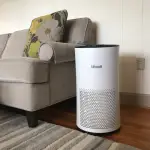
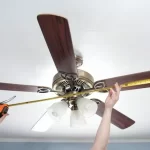
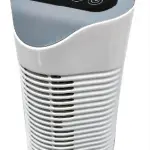
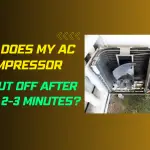
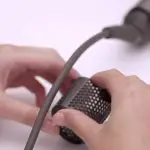

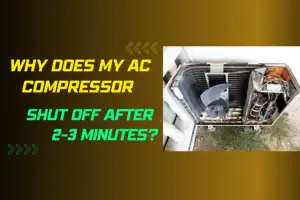
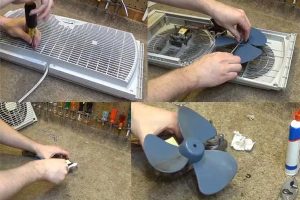
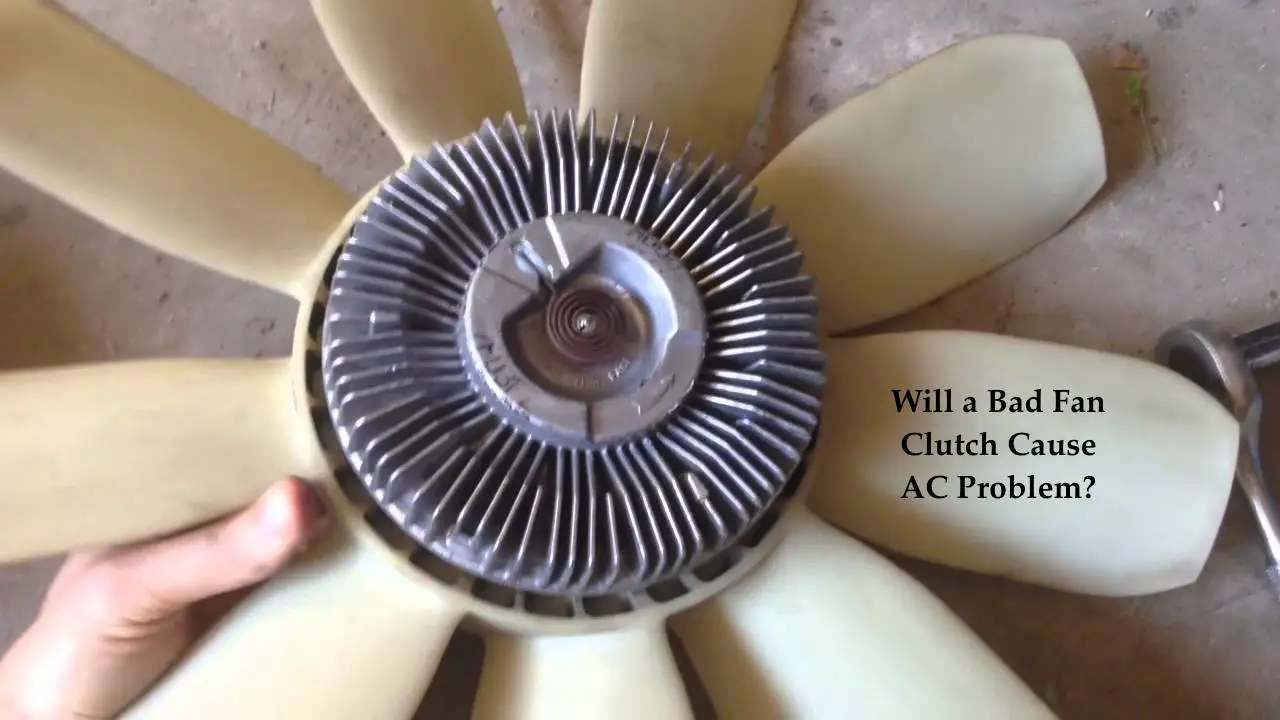
Add Comment